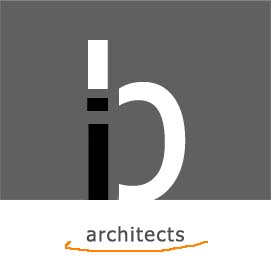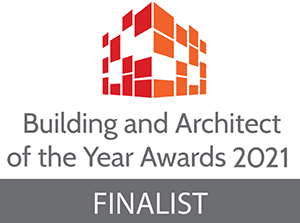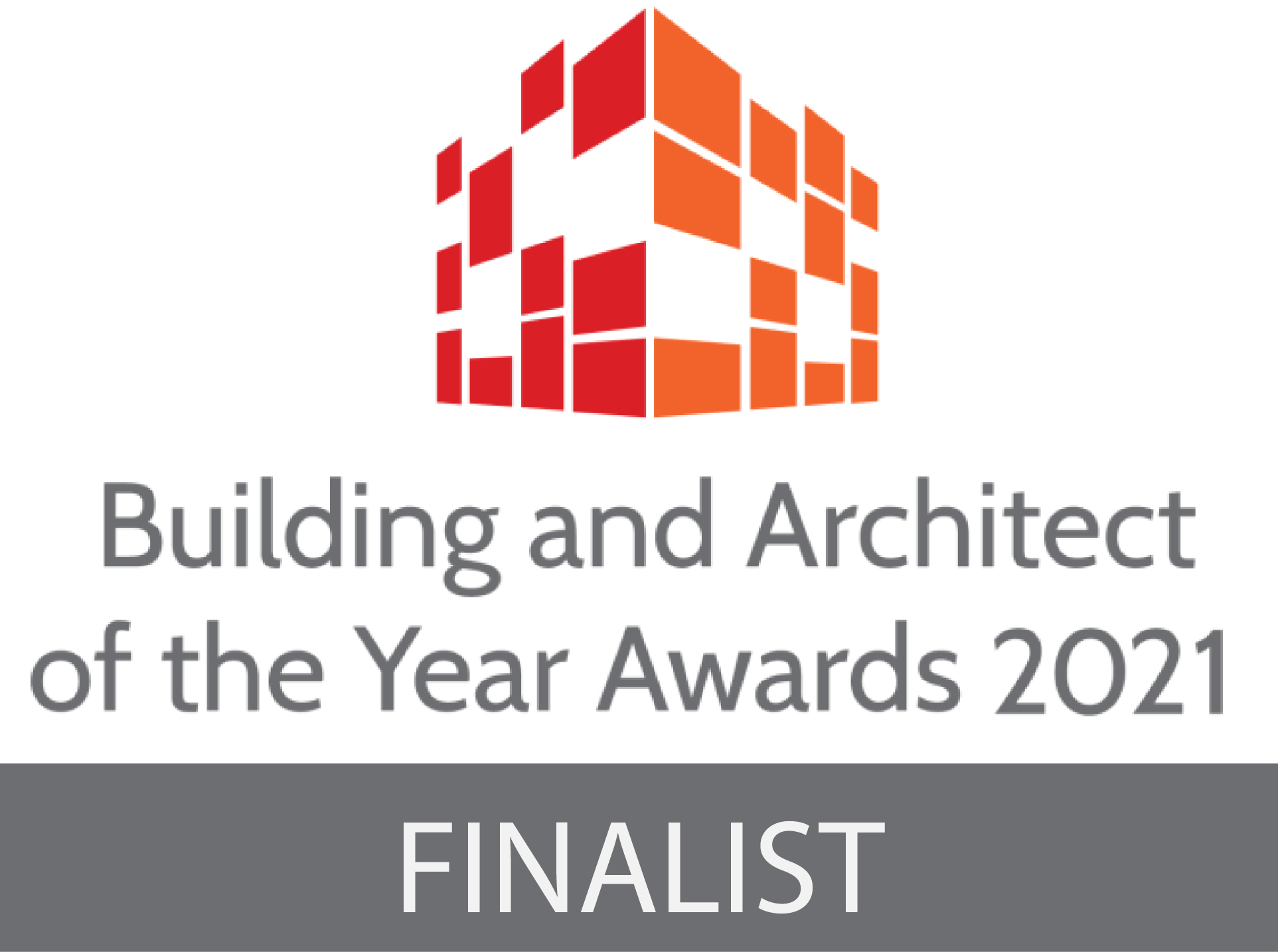We are quickly approaching the introduction of Nearly-Zero Energy Buildings (nZEB) standard and once again we are asked to improve the energy performance of buildings.
What is a Nearly-Zero Energy Building (nZEB)?
‘Nearly zero-energy building’ means a building that has a very high energy performance. The nearly zero or very low amount of energy required should be covered to a very significant extent by energy from renewable sources, including energy from renewable sources produced on-site or nearby.
When will the new regulations be introduced?
Article 9(1) of Directive 2010/31/EU of the European Parliament and of the Council of 19 May 2010 on the energy performance of buildings requires that all new buildings:
– shall be nearly-zero energy buildings by 31 December 2020;
– occupied and owned by public authorities shall be nearly zero energy buildings after 31 December 2018
A full review of Part L of the Building Regulations is expected to be published very soon, this will include the nZEB standard.
What are the transitional arrangements?
This will be confirmed when the reviewed Part L of the Building Regulations is published.
The draft transitional arrangements required the standard to apply to all new dwellings commencing construction from 1st April 2019 (subject to transition).
Transitional arrangements (draft) will allow Part L-2011 Dwellings to be used when planning permission has been applied for prior to the application date of 1st April 2019 and substantial work * is completed by 31st March 2020.
*The structure of the external walls has been erected.
How will compliance with nZEB be demonstrated?
For domestic buildings, compliance will be demonstrated using the DEAP methodology. DEAP is currently being updated to account for NZEB.
For non-domestic buildings, compliance will be demonstrated using the NEAP methodology.
Is nZEB standard only for new houses?
No, the new standard applies to Domestic and Non Domestic Buildings.
It also applies to existing buildings (Domestic and Non Domestic) where major renovations take place.
‘Major Renovation’ means the renovation of a building where more than 25% of the surface area of the building envelope undergoes renovation.
For Existing Non Domestic Buildings this will require that the building is brought up to cost optimal level, which is defined in the building regulations as:
- Upgrade Heating System more than 15 years’ old
- Upgrade Cooling and Ventilation Systems more than 15 years’ old
- Upgrade Lighting more than 15 years old.
For Existing Domestic Buildings, it is proposed that major renovation is typically activated where external wall is renovated. The cost optimal level is a primary energy performance of 125 kWh/m2/yr when calculated using DEAP or upgrade of roof insulation and heating system.
What are the BER requirements once nZEB standards are implemented?
This is currently out for public consultation, refer to Department of Housing, Planning and Local Government website for proposed changes to the regulations and DEAP methodology.
For all new builds, it is proposed that nZEB will be equivalent to a 25% improvement in energy performance on the 2011 Building Regulations.
This equates to an energy performance and carbon performance parameter that is 70% better than Ireland’s 2005 standard.
A new Nearly-Zero Energy Building (Dwelling) will typically correspond to an A2 Building Energy Rating (BER).
Will a new house be more expensive to build from 1st April 2019?
The impact on design and cost is expected to be relatively small.
The projected increase is 1.9% over current construction costs depending on the dwelling archetype and design specification applied.































